Students can create flex arrangements of the Library of Congress public domain music for their band or jazz band. Below are some guidelines by different publishing companies to help students determine how to compose for the level of the music that students will be arranging. Also below are examples of Flex arrangements. As of 2021, music written prior to 1926 is considered to be in the Public Domain. However, sometimes there can still be restrictions such as the music belonging to someone else or the copyright laws of music published in a different country. It is up to the person creating the arrangement to determine if the music is in the Public Domain.
Collections of Music Considered in the Public Domain
American Choral Music (Double-check music in this collection as the introduction says their goal was to find music in the public domain for this collection, but under rights, for the collection, it is saying to check the music)
Examples of Flex Arrangements
jwpepper.com Examples of several Flex compositions for band from jwpepper.com. Check out what other composers have successfully done to create flex compositions.
Alfred Teacher Map for Flex arrangements
Ideas to Simplify Band Music
- Turn 16th notes into 8th notes
- If you have an eighth rest followed by eighth notes, make all eighth notes.
- For elementary marches, just do the first section prior to the trio section. (elementary band music should not be as long as middle or high school music)
Composing Educational Music for Students and Guidelines
Refer to the informational articles below should you decide to compose educational music in the future (Note that one example is given below, but each publisher has different guidelines for flex arrangements):
Guidelines for how to submit educational music to a publisher: from Katie O’Connor-Ballantyne, Associate Editor of Classroom & Choral Publications at Alfred Music.:
Interview with 6 composers of student music
Santa Barbara Choral Submission Guidelines
Alfred’s Guidelines for determining the level of educational music by instrument range and notation by rhythm, range of notes, meters, and key signatures.
Bandworld Guidelines for determining the level and educational music by instrument ranges, key signatures, time signatures, and rhythm.
Carl Fischer Guidelines for band and string music.
Useful Ways to Use the Library of Congress for Music Research
Audio recordings Please note that most of these recordings, unlike the notated music, will not be in the public domain until January 2022
Blogs about music from the Library of Congress
Citation Rather than citing a primary source, use links. This article explains how to cite various digital sources.
Copyright A good video discussing copyright
Performing Arts collections Collections are wonderful because someone else has already collected related primary sources for use
3 Different Ways to Do an Initial Search at the Library of Congress:
- Type into Google the word you want to search plus: site:LOC.gov
- Do a search at LOC.gov Filter your search by type of source and filter your search by online format, original format, date, location, subject etc.
- Search: Chroniclingamerica.loc.gov (a search of American newspapers from 1777-1963, as of July 2021. This will continue to expand)
The Virtual Ensemble Project is sponsored in part by the Library of Congress Teaching with Primary Sources (TPS) Eastern Region Program, Coordinated by Waynesburg University
